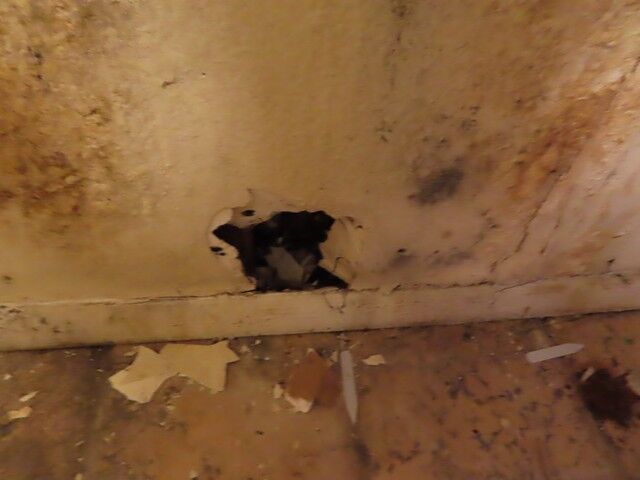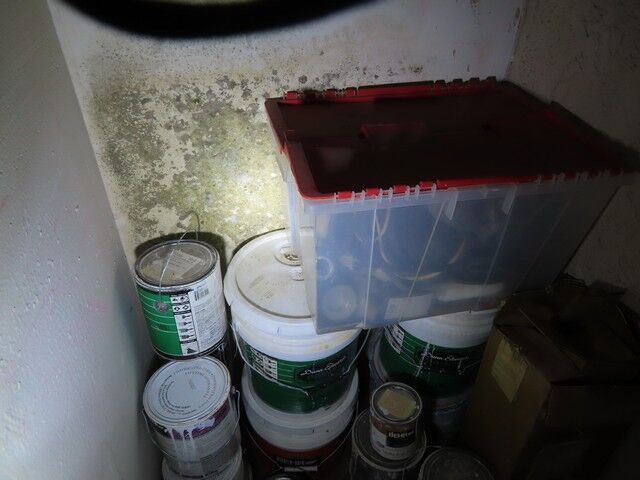Mold is a persistent problem, especially in humid climates such as Southern California. The presence of mold in your home or business can lead to numerous health issues and property damage. Therefore, understanding the mold inspection process is crucial for homeowners and business owners alike. In this comprehensive guide, we will explore every aspect of mold inspections to ensure you are well-equipped to handle any mold-related concerns.
What Are Mold Inspections?
Mold inspections are systematic assessments conducted by trained professionals to identify the presence of mold in a building. These inspections often include visual examinations, air quality testing, and moisture assessments. The primary goal is to detect mold growth before it becomes a more significant issue.
Why Are Mold Inspections Necessary?
- Health Risks: Mold can trigger allergic reactions, respiratory problems, and other health issues. Property Damage: Mold can deteriorate materials like wood and drywall, leading to costly repairs. Insurance Requirements: Some insurance policies may require a mold inspection before coverage is granted.
Who Should Conduct a Mold Inspection?
It's essential to hire certified mold inspectors who have undergone extensive training in identifying and assessing mold growth. DIY inspections may overlook critical areas or fail to recognize specific types of mold that could pose health risks.
Understanding the Mold Inspection Process in Southern California: A Step-by-Step Guide
Let's delve deeper into the steps involved in the mold inspection process.
Step 1: Initial Consultation with Mold Inspectors
The first step typically involves an initial consultation with your chosen mold inspectors. During this conversation:
- Discuss your concerns regarding potential mold issues. Share any visible signs of water damage or previous leaks. Define specific rooms or areas where you suspect mold growth.
This initial dialogue sets the stage for what will happen during the inspection.
Step 2: Visual Inspection
After the consultation, the next phase is a thorough visual inspection of your property. Here’s what inspectors look for:
- Signs of water damage (stains, peeling paint). Areas with high humidity levels (bathrooms, kitchens). Hidden spaces (attics, crawl spaces) where mold might thrive.
During this phase, inspectors will take notes and photographs to document any findings.
Step 3: Moisture Assessment
Moisture plays a significant role in mold growth. Inspectors use specialized equipment such as moisture meters to detect excessive moisture levels in various materials:
| Material | Acceptable Moisture Level | High Moisture Level | |-------------------|--------------------------|---------------------| | Wood | < 20% | > 20% | | Drywall | < 1% | > 5% | | Concrete | < 4% | > 8% |

High moisture readings indicate potential areas for future mold growth and require further investigation.

Step 4: Air Quality Testing
To gain insights into the type of molds present within your environment, air quality testing is conducted. This process involves:
- Collecting air samples from different areas of your property. Sending samples to a laboratory for analysis.
Results from air quality tests reveal whether airborne spores exceed normal levels and which types of mold may be present.
Step 5: Surface Sampling
In addition to air quality testing, surface sampling may be performed. This involves:
- Swabbing suspected areas with visible mold growth. Collecting samples from walls, floors, or ceilings where moisture has been detected.
Surface samples help confirm whether visible growth corresponds with airborne spores detected earlier.
Step 6: Comprehensive Report Generation
Once all tests are completed, inspectors compile their findings into a detailed report that includes:
- Description of observed conditions. Results from air quality tests and surface sampling. Recommendations for remediation if necessary.
This report serves as an essential document should you need to discuss findings with contractors or insurance companies later on.
Mold Remediation vs. Mold Inspection: What's the Difference?
It’s crucial to distinguish between two terms often confused—mold remediation and mold inspection.
What Is Mold Remediation?
Mold remediation refers specifically to the process of removing or mitigating existing molds from an environment after they’ve been identified during an inspection.
Key Components of Mold Remediation:
Containment: Preventing spores from spreading during removal. Removal: Safely extracting affected materials (e.g., drywall). Cleanup: Ensuring all surfaces are free from debris and contaminants. Prevention: Implementing measures to decrease humidity levels.When Is Mold Remediation Necessary?
If your inspection report indicates significant levels of harmful molds or extensive surface contamination, then remediation becomes necessary immediately following cleanup guidelines provided by professionals.
Common Types of Molds Found During Inspections
Understanding common types of molds can help you better prepare for potential issues identified during inspections:
Aspergillus- Commonly found indoors on damp surfaces; can cause respiratory issues.
- Often located outdoors but can infiltrate homes; linked with allergies.
- Requires constant moisture; associated with severe health risks if inhaled long-term.
- Recognized by its blue-green color; prevalent on water-damaged materials.
Knowing these types helps homeowners recognize potential dangers early on.
Mold Inspection Costs in Southern California
While costs vary based on location and property size, here’s an overview of typical expenses associated with professional inspections:
| Service | Average Cost Range | |----------------------------------|-----------------------| | Initial Consultation | $50 - $100 | | Visual Inspection | $200 - $500 | | Air Quality Testing | $300 - $600 | | Full Inspection Package | $400 - $800 |
These costs reflect general market rates but can fluctuate based on specific circumstances like square footage or complexity involved in accessing certain locations within properties.
Do I Need a Follow-Up Inspection?
After completing remediation efforts based upon initial findings—yes! It’s advisable to schedule follow-up inspections post-remediation treatments ensuring no residual spores remain behind that could lead backtracking progress achieved during cleanup stages earlier down the line!
How Long Does a Typical Mold Inspection Take?
Depending on several factors including property size and complexity involved—the duration varies significantly! Generally speaking though:
- Smaller homes might take about 1–2 hours for thorough visual checks along with sampling processes included whereas larger commercial buildings could extend upwards towards half-a-day due diligence being employed throughout evaluations undertaken here too!
FAQs About Mold Inspections
FAQ 1: How often should I schedule a mold inspection?
Answer: Ideally every year; however if there have been leaks or water damage incidents occurring—consider having them done more frequently!

FAQ 2: Can I perform my own mold inspection?
Answer: While DIY methods exist—they lack professional insight into identifying underlying causes effectively! Hiring trained professionals ensures thorough evaluation mitigates risks properly ensuring homeowner safety always mold inspection https://67489bfe888d3.site123.me/ prioritized throughout procedures followed herein!
FAQ 3: What happens if mold is found?
Answer: If molds detected—remediation processes must commence without delay! Professionals should be engaged immediately preventing further proliferation lowering overall risk factors posed directly against occupants residing therein!
FAQ 4: Does homeowners insurance cover mold inspections?
Answer: Coverage varies widely among policies! Review specifics outlined within individual contracts discussing provisions regarding treatment/inspection services related directly towards resolving existing water intrusion situations impacting environments directly affected here too!
FAQ 5: How do I choose a reliable inspector?
Answer: Look out for certifications indicating specialized training along with positive reviews/testimonials supporting credibility amongst peers operating within same industry domain proving effective solutions delivered consistently over timeframes evaluated accordingly thereafter!
FAQ 6: What precautions should I take before an inspection takes place?
Answer: Clear out clutter around suspected molding zones allowing inspectorial access while providing transparency concerning any previous leak occurrences affecting structures nearby ensuring optimal evaluations conducted unhindered thereafter following standard protocols established beforehand!
Conclusion
Navigating through the complexities of understanding the mold inspection process in Southern California can seem overwhelming at first glance—but it doesn't have to be! By arming yourself with knowledge about each step involved—from initial consultations through final follow-ups—you empower yourself against hidden threats lurking within walls putting both health & finances at risk unnecessarily!
Taking proactive measures ensures not just peace-of-mind knowing preventative strategies implemented effectively protecting loved ones against potential hazards while safeguarding investments made throughout journey experienced across lifetime owned properties evermore moving forward together collectively enhancing living standards achieved therein continually embraced wholeheartedly through diligence exercised consistently thereafter!